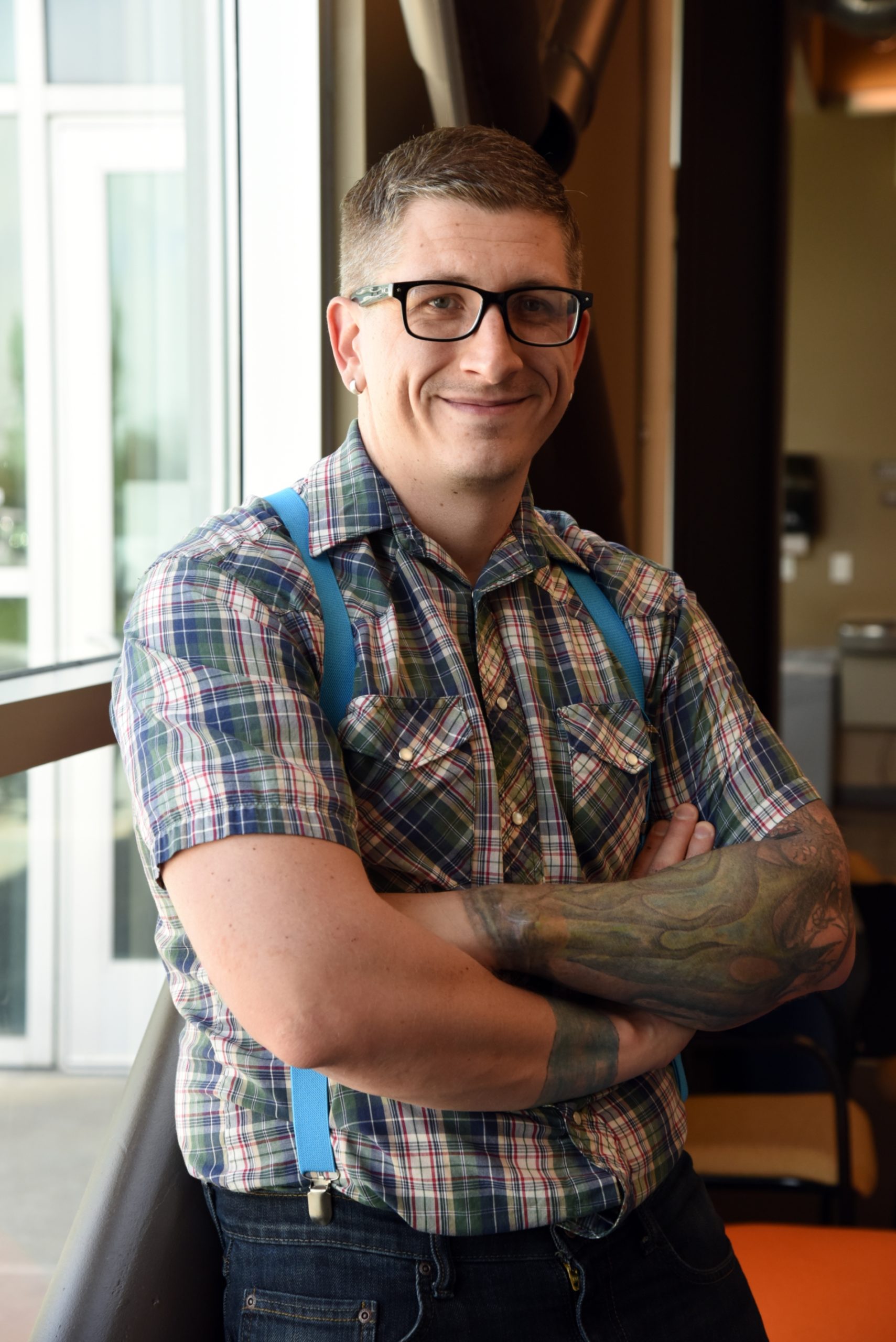Before departing for a research fellowship at Los Alamos National Laboratory, CAES graduate research assistant Seth Dustin spoke to our Rachel Davis about his unusual career path into chemical engineering, his time at the University of Idaho, and the value of CAES.
By Rachel Davis, CAES Communications
During his freshman year of college, Seth Dustin thought his calling was social work. Events early in his life led him to believe that social work was the very definition of helping others. Through a series of events, Dustin’s life turned into something he never thought possible, but something he always wanted it to be.
You started out studying psychology, then transitioned to engineering. Why?
I took a summer class in psychology as a freshman and really enjoyed it. I also had a good friend whose mom was a counselor. That had always been on my mind as a potential career path.
What made you change your mind about your major?
My goal for social work was always to help people. But, I wrote a paper in grad school about therapeutic techniques not being particularly important for mental health outcomes. For example, the same progress could be made using one paradigm, another, or no therapeutic technique at all. I found research that supported this. I wrote about it, and my professor gave me full marks. At that point, I had to ask myself why I’d bother studying these techniques if I didn’t need them to be helpful.
After that paper, I figured I could be more helpful as an active community member with volunteerism and such. As for engineering, I considered how technical progress can improve human lives, and realized that I might be able to impact more people positively as an engineer than I would be able to as a social worker. So, I went back to school for engineering.
That’s a unique pathway. How did you make the transition?
I had a professor, Dr. David Drown from my chemical engineering days. He was very influential in my success. He helped me realize I actually could be an engineer when I thought I was going to fail. Transitioning from the social sciences to STEM was very hard. Dr. Drown helped me do it. Without him, I wouldn’t be here.
And of course, there are other professors that have helped me be successful. Dr. Bob Borelli (a CAES affiliated faculty member) is probably the most notable. He pushed me to do things outside of academia that I didn’t want to do, and didn’t know that I needed to do. His support for these pursuits felt limitless. He encouraged me to pursue opportunities that I didn’t feel qualified for. His support and advice are why I received the fellowship at Los Alamos.
Tell us about the research you conducted as a graduate student.
I was lucky enough to be an intern for Idaho National Laboratory, and part of a team working on a project for the Critical Materials Institute. The project consisted of electrochemical measurements of rare earth materials in molten salt. Dr. Prabhat Tripathy was my mentor for the project, along with Michael Shaltry (a CAES affiliated researcher) as co-mentor.
Michael was fantastic. He mentored me on technical portions of my work, as well as how to navigate the processes and procedures necessary to begin a new experiment in CAES. Thanks to his help, we were able to start a brand new experiment in about a month. It required eight or nine different sets of approvals from three separate organizations.
In addition to the experimental work I had been doing with Dr. Tripathy and Michael Shaltry, I have been able to do computational work with Dr. Borelli. Using a few computational tools, like SCALE, MCNP, and Python, I’ve been modeling an alternative fuel source for a particular type of radioisotope thermoelectric generator, which is a special battery used to power equipment during deep space missions. The main goal for this project has been mapping the radiation pathway of the new source.
I’ve wanted to pursue a computational project for a long time. But, I had never felt confident enough with my skills to do that. Dr. Borelli felt I had the ability to do this project for him, even if I didn’t have the confidence. He supported me to go to a workshop in Michigan to improve my MCNP skills, as well as a conference in Las Vegas, both to present and improve my work.
Tell us a little about your fellowship. What do you hope to accomplish at LANL?
I would like to learn how to be an engineer. I believe that, for students, it’s a common attitude to feel we are engineers because we study engineering. I don’t really feel that way though. I think we learn a lot of the skills that we need to become engineers, but there is an additional component that you can only pick up working with other engineers. I’m genuinely looking forward to the learning experiences headed my way.
What would you like to do after your fellowship?
I would like to find a job, and work. I thought about pursuing a doctorate and I’ve enjoyed my time in academia, but I have more credits than most Ph.D.s at this point. I think I passed 300 (on a semester scale) a while ago. I’m ready to get to work.
I would like to stay within the lab system, if possible. It seems like some of the most important work I, personally, could do. I’ll keep an open mind about that, though. I expect the fellowship to be transformative for me, so the perspectives I have now may not be the ones that I’ll have a year from now.
How would you describe your time at CAES?
CAES has been a fantastic experience. I was able to connect with people in industry that I wouldn’t have had access to without CAES. Working here is how I got my internship, how I got connected to the lab system, and a big part of how I was able to receive my fellowship. It has been such an amazing opportunity to spend two years working as a student shoulder to shoulder with actual professionals in the field. Now that I’ve been through it, I can’t imagine trying to go to graduate school any other way. CAES, and the people at CAES, have been invaluable to my success.






